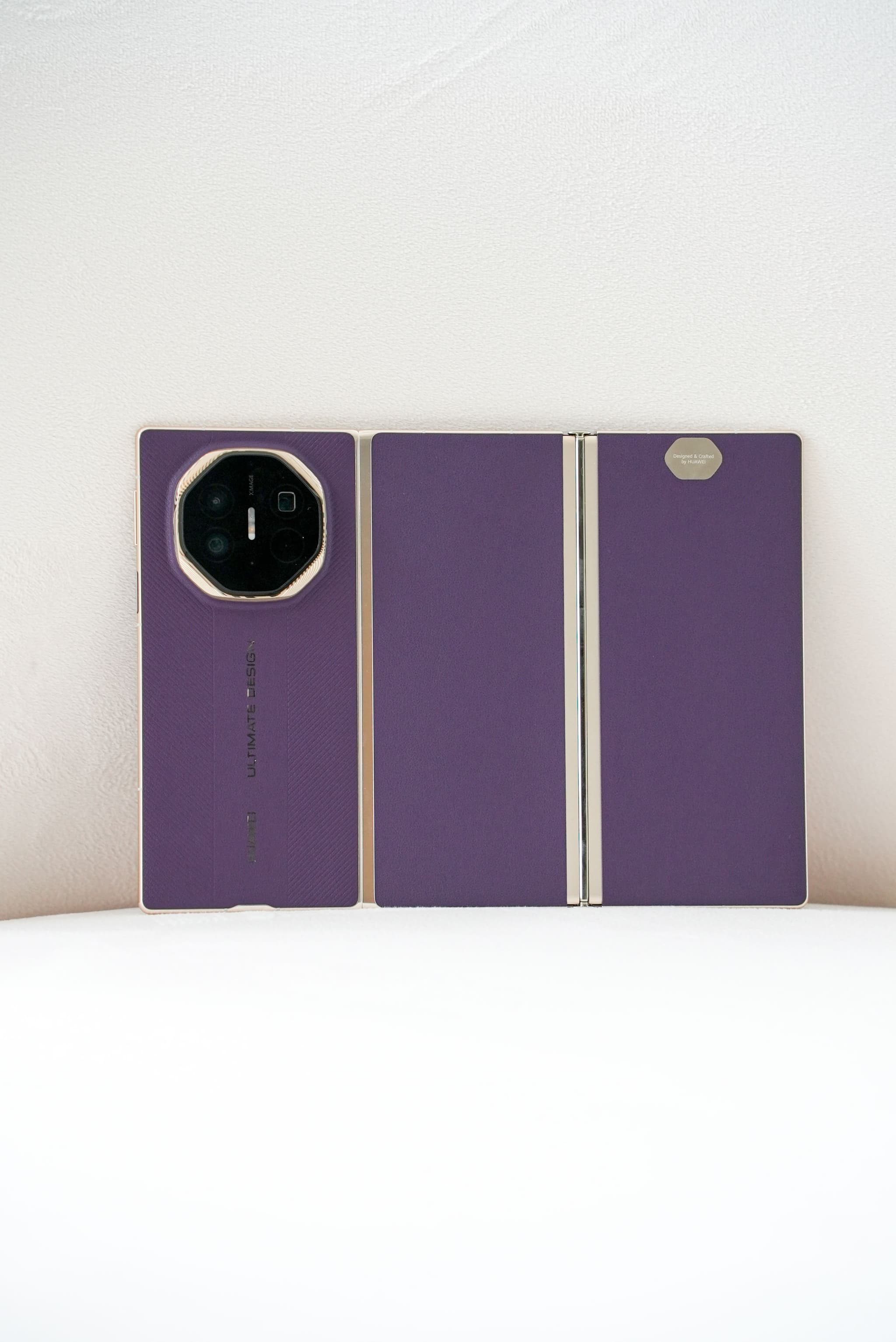Laptop Thigh: The Hidden Dangers of Prolonged Heat Exposure
As the world becomes increasingly digital, many individuals, particularly young women, have adopted the habit of placing their laptops on their thighs while working. However, this seemingly innocuous practice can lead to a condition known as "erythema ab igne," or fire crotch, characterized by the appearance of a net-like red rash on the skin. This phenomenon is attributed to prolonged exposure to low-temperature heat sources, which can cause discoloration, expansion of blood vessels, and affect the aesthetic appearance of the skin. In severe cases, it may lead to more serious health issues.

8 February 2025
Recent cases in China have highlighted the importance of being mindful of this risk, with medical professionals warning against the dangers of long-term heat exposure from laptops, electric blankets, and other heating devices. In a notable case, a 20-year-old woman presented with noticeable net-like red rashes on her legs, which were later diagnosed as erythema ab igne caused by her habit of placing her laptop on her thighs for extended periods. Her condition serves as a stark reminder of the importance of proper precautions when using electronic devices and heating appliances.
The primary cause of fire stimulatory erythema, also known as "laptop thigh," is prolonged exposure to low temperatures, such as placing a laptop on one's lap for an extended period. Symptoms include the appearance of net-like red rashes, brownish pigment deposition, and dilation of capillaries. Although there is no significant pain, the condition affects the skin's appearance and can be challenging to treat. The heat generated by laptops during operation can cause fire stimulatory erythema, even if it is not enough to cause burns. Prolonged exposure to this heat can lead to the formation of red rashes, especially in cold weather when the room temperature is lower.
According to Dr. Luo, a dermatologist at Zhejiang Provincial Hospital of Traditional Chinese Medicine, early detection and treatment of fire stimulatory erythema can lead to gradual recovery. The patient can improve local circulation and protect the skin by removing the heat source and applying topical creams such as polysulfated glycosaminoglycan, urea, and vitamin E. While fire stimulatory erythema does not pose a severe threat to overall health, it can affect appearance and cause psychological distress. Therefore, preventing its occurrence is crucial.
Preventing fire stimulatory erythema requires mindful habits, including avoiding prolonged exposure to low-temperature heat sources and taking regular breaks to move around and promote blood circulation. Individuals should cultivate good habits, such as using protective measures like eye care software, performing neck and waist exercises, and using ergonomically designed computer desks and chairs to help reduce the risk of fire stimulatory erythema and other computer-related health issues.
If fire stimulatory erythema has already occurred, it is essential to seek medical attention and follow professional treatment advice. Doctors may recommend topical creams, such as polysulfated glycosaminoglycan, urea, and vitamin E, to alleviate the symptoms. Additionally, individuals should prioritize skin health by keeping the skin clean and moisturized, and scheduling regular check-ups to monitor for any potential problems.
Ultimately, being aware of the risks of erythema ab igne and taking preventative measures can make a significant difference in maintaining healthy and glowing skin. By making simple adjustments to daily habits and taking proactive steps to protect skin health, individuals can reduce the risk of fire stimulatory erythema and promote overall well-being. It is crucial for individuals to remain mindful of this potential risk and adopt healthy computing habits to maintain a healthy complexion.
Comments






